By requests from the MEXT, the JAEA opened radiation helplines for the public to response to their questions on the health effect due to the accident at TEPCO's Fukushima Daiichi Nuclear Power Station. We answered to the questions about radioactivity, radiation and radiation effect on health; our consultation with the residents feeling fears in a daily life continued for almost a year and a half, i.e., it started from March 17, 2011 and ended by September 18, 2012.
The helplines were operated at the NEAT in a collaboration with major Branches of the JAEA. The total number of responders extended to 5,618 in replying to the total inquiries of 34,581. The number of inquiries per month amounted to more than 5,000 in March and April, 2011. It decreased gradually: 2,000 in August, 1,000 in January, next year, and less than about 500 in May and later. The figure below shows a graph for the number of inquiries we received in each month.
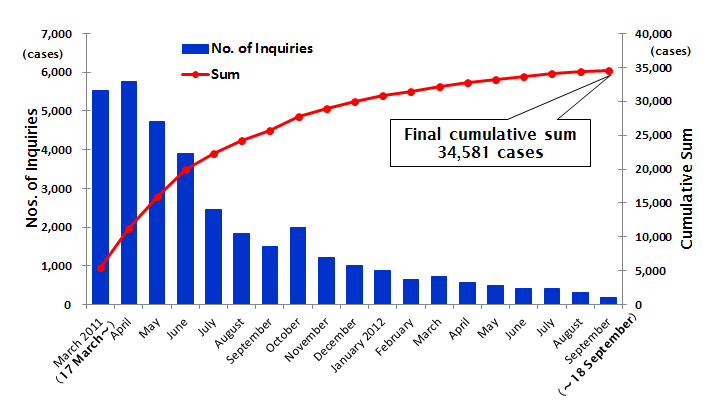
The matters we talked covered a wide variety of fields, such as daily life, food and drink to take, fears or worries, questions on environmental monitoring, dose measurements, etc., and requirements to the central and local governments and compensation. The main categories were: 22% for fear, 18% for daily life, 14% for ingesta, etc., which are shown in the figure below.
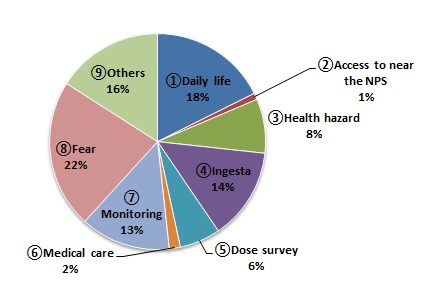
Many inquiries came from great anxiety and stress influenced by important announcements of the central and Fukushima prefectural governments, newspaper and television news. We tried to collect information on air dose rates at fixed intervals, radioactivity analysis results in the Fukushima Prefecture from the websites of the Prefecture, the MEXT and so on, briefing paper, news papers and news on the internet.
Based on the collected information and their own experiences and knowledge of the responders obtained through their research and development, the responders tried to resolve the anxiety, worries and stresses of the residents as much as possible in replying with a faithful attitude.
The response system of JAEA specialists to telephone inquiries at the NEAT was as follows.
Members of the telephone response team listened questions, fears, anxiety, etc. from the residents, and answered them according to their knowledge, experience and open data available to them at that time.
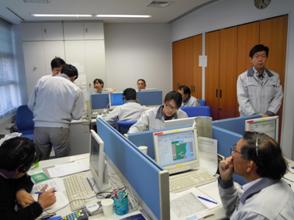
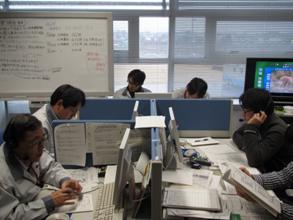
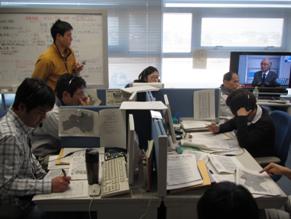
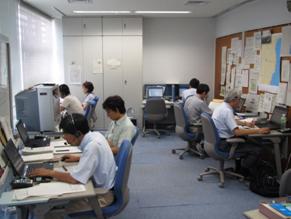
The Q & A team supported the telephone response team members. As the inquiries varied by media reports, the team surveyed news papers and TV broadcasts every day, summarized and supplied them to the telephone responders. It revised and updated a list of potential questions and answers, and in sometimes searched information or replied to difficult questions to answer instead of telephone responders.
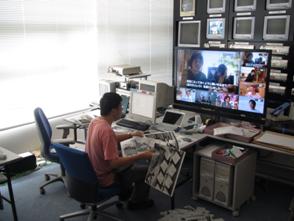
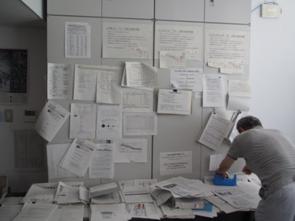
The manager coordinated with the MEXT and controlled the responses. He also summed up the response results and grasped the tendency for later responses.

March, 2011 - August, 2011
Open days: From Monday to Sunday (even in weekends and on holidays)
Open hours: From 10 a.m. to 9 p.m. (From 9. a.m. to 6 p.m. since June 11, 2011)
Number of specialists involved: 20 per day
September, 2011 - March, 2012
Open days: From Monday to Sunday (closed during the year-end and New Year holidays and in weekends and on holidays since February 11, 2012)
Open hours: From 9. a.m. to 6 p.m.
Number of specialists involved: 15 per day (10 in workdays and 8 in non-work days since December 2011)
April, 2012 - (The helplines were closed by September 19, 2012)
Open days: From Monday to Friday
Open hours: From 9. a.m. to 6 p.m.
Number of specialists involved: 7 per day